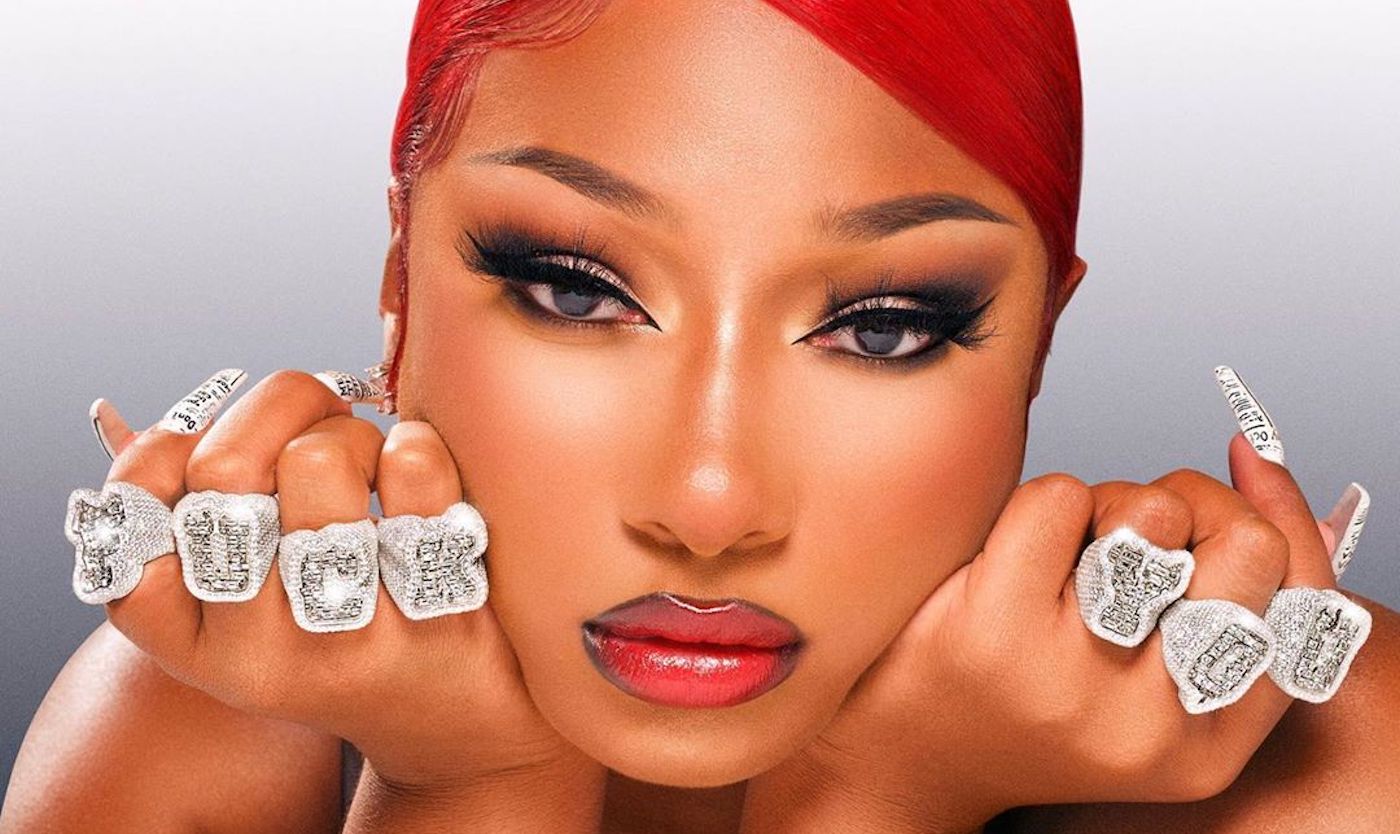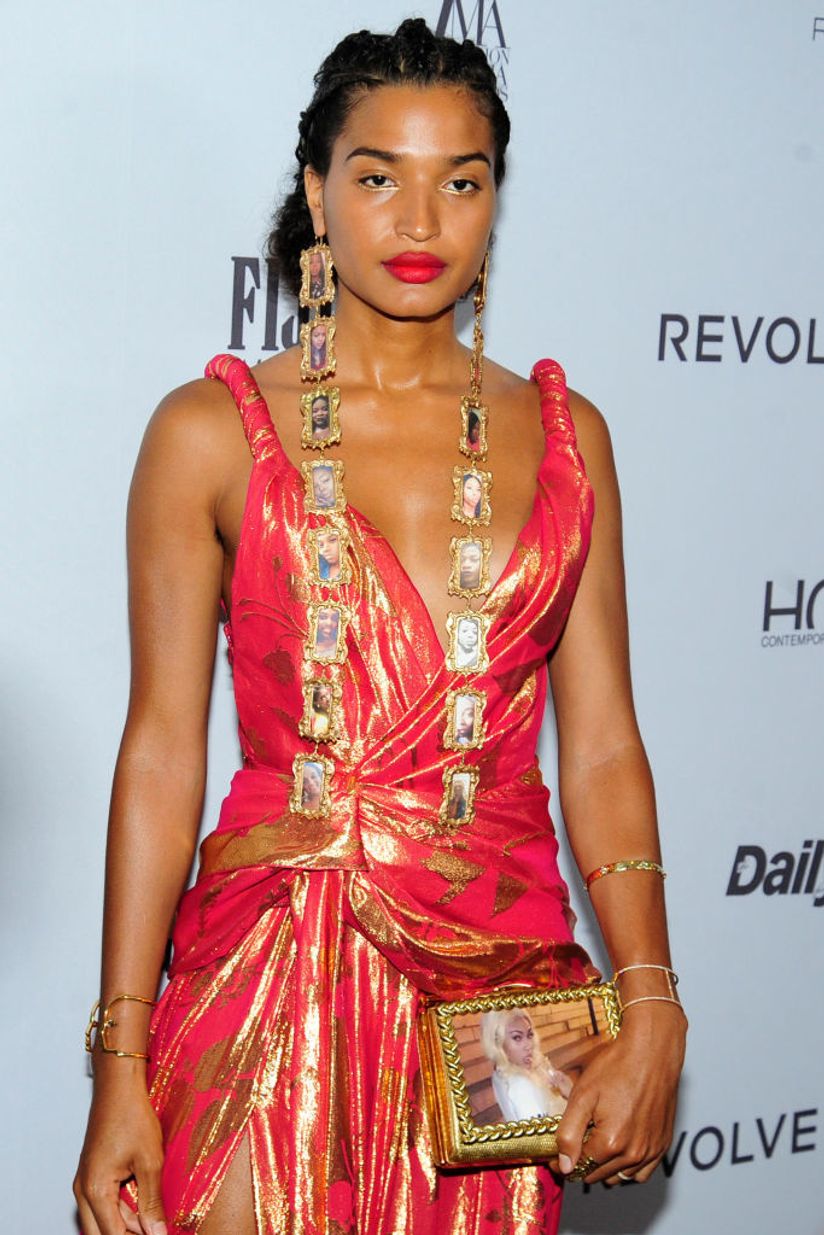Concrete Cowboy was directed by Ricky Staub, based on the novel Ghetto Cowboy by Greg Neri. Ultimately, Concrete Cowboy is a unique piece of Black history not often explored or discussed.
The story follows Cole, a rebellious teen sent to live with his estranged father in Philadelphia for the summer, who finds community with a group of Black cowboys.
What makes this film interesting is how it completely subverts the common expectations of what an urban coming-of-age film should be. There are elements of street life, drugs, and violence. But they take a complete backseat to the heart of this film, and that’s the cowboy community on Fletcher Street.
The Black history explored in Concrete Cowboy
The film isn’t a pure product of fiction. There’s a century-long history of Black cowboys in this community.
The Fletcher Street stables are seen as a safe haven for many in the community especially for kids looking to find ways to avoid the pitfalls of gangs or other street-life temptations.
People here would raise horses, take care of them, train them, and ride them around. It’s a tight-knit community that truly cares for each other. And from the film, you can tell it’s deeper than horses for these people.
Horses bring them together. But the love they have for each other binds them even stronger together. In fact, many of the actors in the film are actual Fletcher-Street cowboys.
The authenticity at the heart of the movie
One of the most powerful scenes in the film comes from Paris played by real-life cowboy Jamil Prattis.
He details the backstory of why he’s in a wheelchair and how that brought him to the cowboy community. It’s heartfelt and almost too real on screen so it wasn’t a surprise to see this was a real person behind this character.
And stories like that elevate this film, along with the history of cowboys in America. Most people think of Cowboys as John Wayne or Clint Eastwood. But most real cowboys were Black people. It’s beautiful to see that that piece of Black heritage is still preserved in places around the country.
A different type of gentrification
This film also tells a different kind of gentrification story. Lots of films have covered gentrification in some shape or form, but this film attaches land preservation directly to the history of a community making this deeper than just displacement.
The struggle to preserve the Fletcher Street Stables represents a way of life being at risk as well which makes for a more compelling look at gentrification issues plaguing Black communities in urban areas.
Concrete Cowboy is a beautiful and touching tribute to Black history
The cast of the film was phenomenal as well. Idris Elba and Caleb McLaughlin play the father and son respectively, along with Jharrel Jerome as Smush, Cole’s friend engulfed in streetlife in the film.
Each actor does a wonderful job in their roles, but it’s mostly what you would expect from these three. I think, much like Nomadland earlier this year, the character performances that will hit audiences the most are the real people in the film.
The film sadly does fall flat a bit at the end. It wraps up its conclusion suddenly to the point where it feels like the writers just couldn’t figure out where else to take these characters at that point.
But it’s almost understandable considering how the ending mirrors the state of the real Fletcher Street Stables.
Concrete Cowboy is a solid offering from Netflix that is worth your time. Netflix is often hit-or-miss with its original content.
But every now and then a film as good as this one with a great, heartfelt message comes around, that justifies Netflix’s position as a beacon for independent film distribution.










